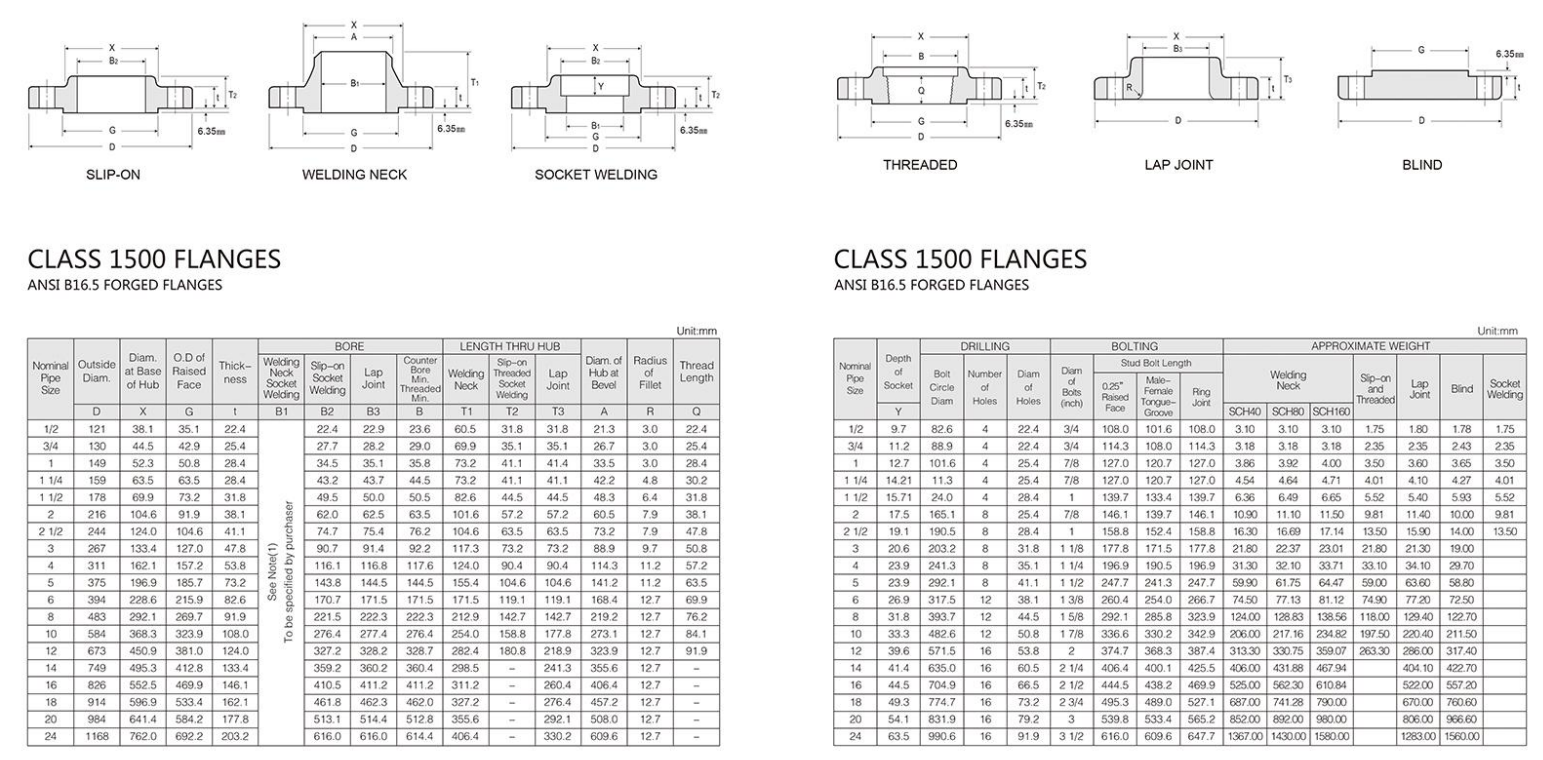-
Cangzhou Yulong Steel Co., Ltd.
-
Phone:
+86 13303177267 -
Email:
admin@ylsteelfittings.com
- English
- Arabic
- Italian
- Spanish
- Portuguese
- German
- kazakh
- Persian
- Greek
- French
- Russian
- Polish
- Thai
- Indonesian
- Vietnamese
- Zulu
- Korean
- Uzbek
- Hindi
- Serbian
- Malay
- Ukrainian
- Gujarati
- Haitian Creole
- hausa
- hawaiian
- Hebrew
- Miao
- Hungarian
- Icelandic
- igbo
- irish
- Japanese
- Javanese
- Kannada
- Khmer
- Rwandese
- Afrikaans
- Albanian
- Amharic
- Armenian
- Azerbaijani
- Basque
- Belarusian
- Bengali
- Bosnian
- Bulgarian
- Catalan
- Cebuano
- China
- China (Taiwan)
- Corsican
- Croatian
- Czech
- Danish
- Esperanto
- Estonian
- Finnish
- Frisian
- Galician
- Georgian
- Kurdish
- Kyrgyz
- Lao
- Latin
- Latvian
- Lithuanian
- Luxembourgish
- Macedonian
- Malgashi
- Malayalam
- Maltese
- Maori
- Marathi
- Mongolian
- Myanmar
- Nepali
- Norwegian
- Norwegian
- Occitan
- Pashto
- Dutch
- Punjabi
- Romanian
- Samoan
- Scottish Gaelic
- Sesotho
- Shona
- Sindhi
- Sinhala
- Slovak
- Slovenian
- Somali
- Sundanese
- Swahili
- Swedish
- Tagalog
- Tajik
- Tamil
- Tatar
- Telugu
- Turkish
- Turkmen
- Urdu
- Uighur
- Welsh
- Bantu
- Yiddish
- Yoruba

Aug . 02, 2024 14:41 Back to list
High-Efficiency Centrifugal Pumps Designed for Optimal Performance Under High-Pressure Conditions
High Pressure Centrifugal Pumps An Overview
High pressure centrifugal pumps are essential components in various industrial applications, particularly in the oil and gas, chemical, water treatment, and power generation sectors. These pumps are engineered to deliver fluids at a high pressure, making them indispensable for processes requiring the efficient transfer of liquids over long distances or through complex piping systems. This article explores the working principles, applications, advantages, and limitations of high pressure centrifugal pumps.
Working Principles
Centrifugal pumps operate based on the principle of converting mechanical energy into hydraulic energy. A rotating impeller, driven by a motor, imparts kinetic energy to the fluid. As the fluid enters the impeller, it is propelled outward due to centrifugal force, increasing its velocity. The design of the pump volute then converts this high velocity into pressure, allowing the fluid to flow through the discharge pipe at a high pressure.
High pressure centrifugal pumps are typically designed with multi-stage configurations. Each stage consists of an impeller and a diffuser. By stacking these stages in series, the pump can achieve significantly higher pressures than a single-stage pump. For example, a single-stage centrifugal pump might generate pressures of up to 150 psi, while a multi-stage pump can easily exceed 1000 psi.
Applications
High pressure centrifugal pumps are widely used in various industries. In the oil and gas sector, they are deployed for enhanced oil recovery, where high-pressure water or steam is injected into oil reservoirs to increase output. In chemical processing, these pumps facilitate the transfer of reactive and hazardous fluids safely and efficiently.
In water treatment facilities, high pressure pumps are crucial for processes such as reverse osmosis, where they force water through semi-permeable membranes to remove impurities. Furthermore, in power generation, these pumps help circulate water through cooling systems and heat exchangers.
high pressure centrifugal pump

Advantages
One of the primary advantages of high pressure centrifugal pumps is their efficiency in transporting fluids over long distances. They can handle a wide range of fluids, including clean and dirty liquids, making them versatile for various applications. Additionally, they are relatively low-maintenance compared to reciprocating pumps, as they have fewer moving parts and generally operate smoothly.
High pressure centrifugal pumps also have the capability of handling high flow rates, which is crucial for industrial processes that require large volumes of fluid in a short period. Their ability to operate efficiently under varying pressure conditions further adds to their appeal.
Limitations
Despite their many benefits, high pressure centrifugal pumps do have limitations. They are not suitable for pumping viscous fluids, as the high viscosity can hinder the flow through the pump. Additionally, they can suffer from cavitation, which occurs when the pressure of the fluid drops below its vapor pressure, leading to the formation of vapor bubbles. This can cause damage to the impeller over time and reduce the pump's efficiency.
Moreover, the design and material selection for high pressure pumps need careful consideration to withstand the operational pressures and resist corrosion, especially when handling aggressive fluids.
Conclusion
High pressure centrifugal pumps play a vital role in numerous industrial applications due to their ability to efficiently transport fluids at elevated pressures. Understanding their working principles, advantages, and limitations is crucial for selecting the right pump for specific applications. As industries continue to evolve and demand efficient solutions for fluid handling, high pressure centrifugal pumps will remain a key technology in optimizing production processes and ensuring safety in fluid transportation.
Latest news
-
ANSI 150P SS304 SO FLANGE
NewsFeb.14,2025
-
ASTM A333GR6 STEEL PIPE
NewsJan.20,2025
-
ANSI B16.5 WELDING NECK FLANGE
NewsJan.15,2026
-
ANSI B16.5 SLIP-ON FLANGE
NewsApr.19,2024
-
SABS 1123 FLANGE
NewsJan.15,2025
-
DIN86044 PLATE FLANGE
NewsApr.19,2024
-
DIN2527 BLIND FLANGE
NewsApr.12,2024
-
JIS B2311 Butt-Welding Fittings LR/SR 45°/90° /180°Seamless/Weld
NewsApr.23,2024











